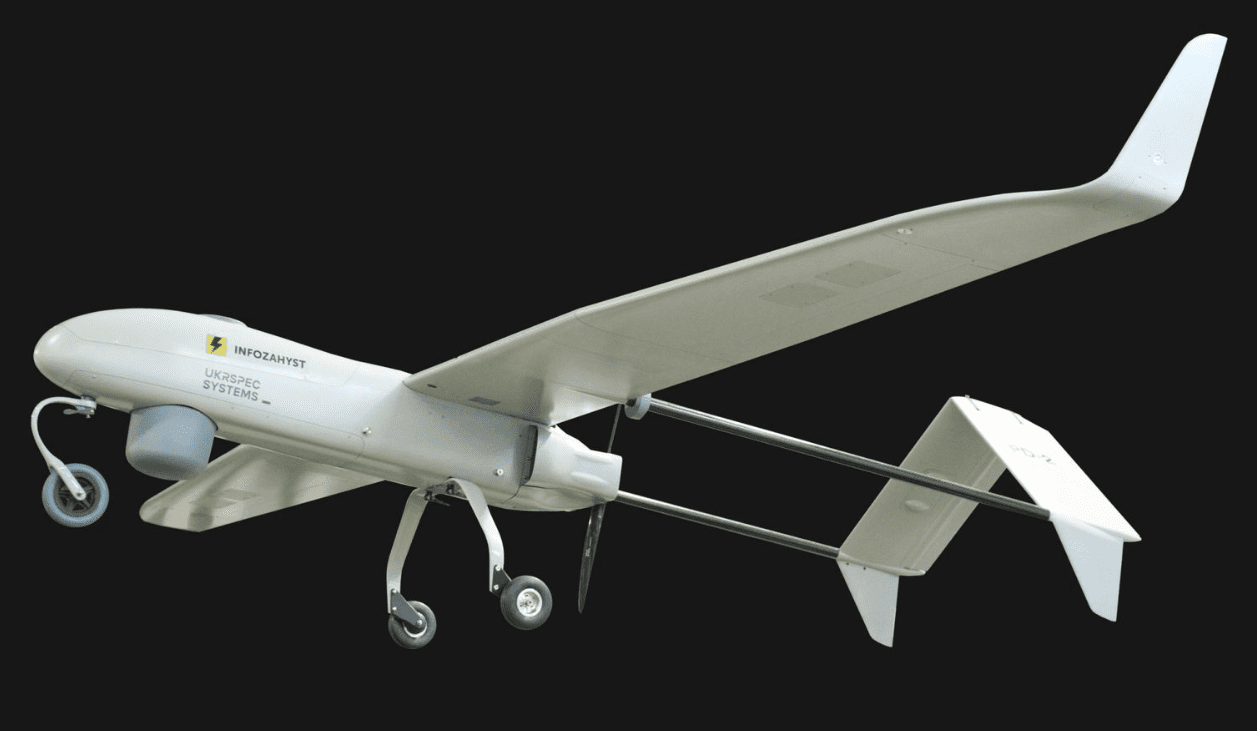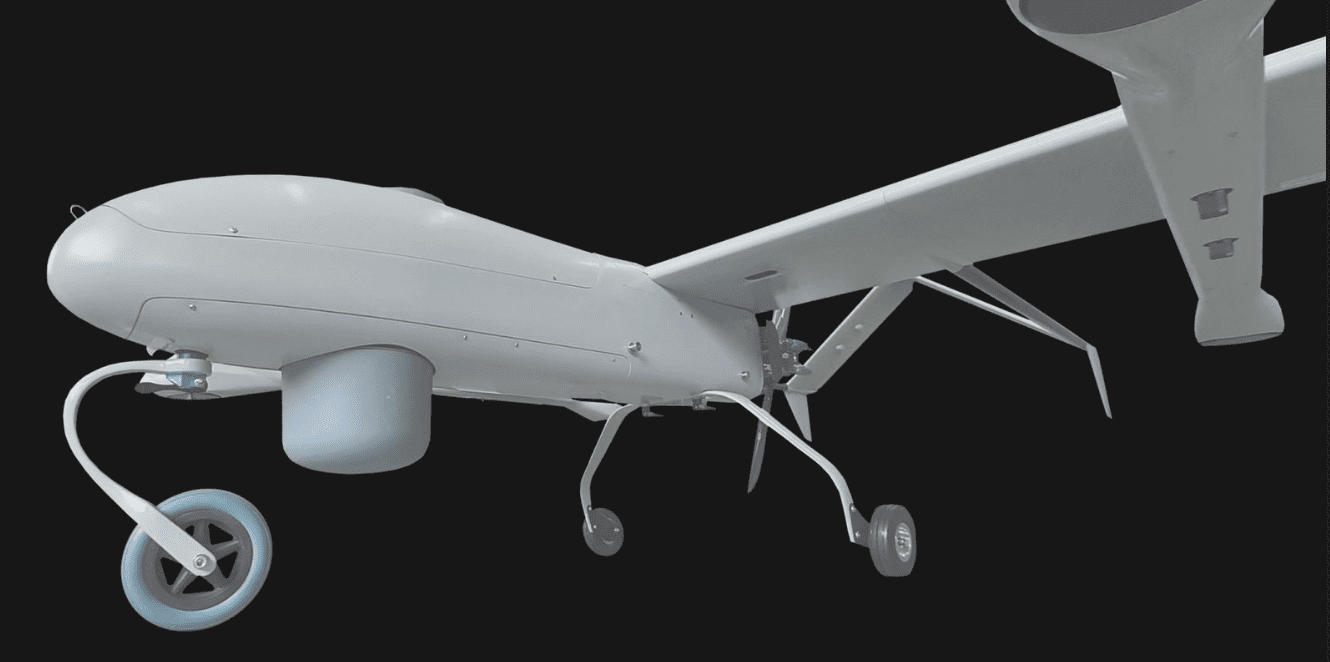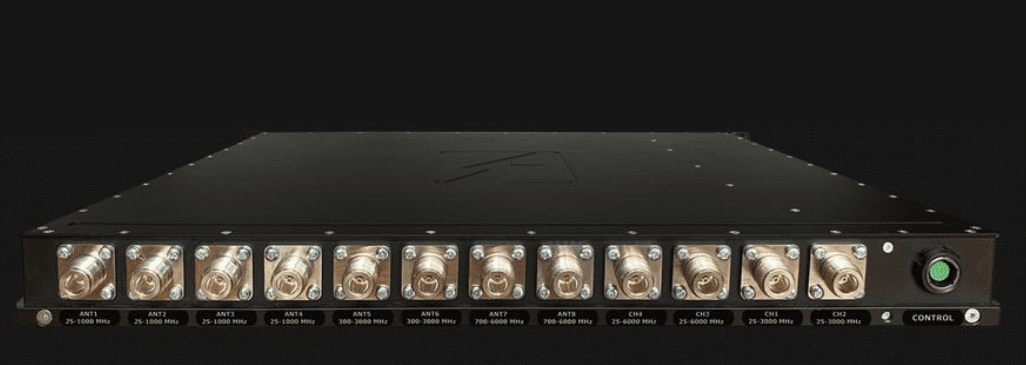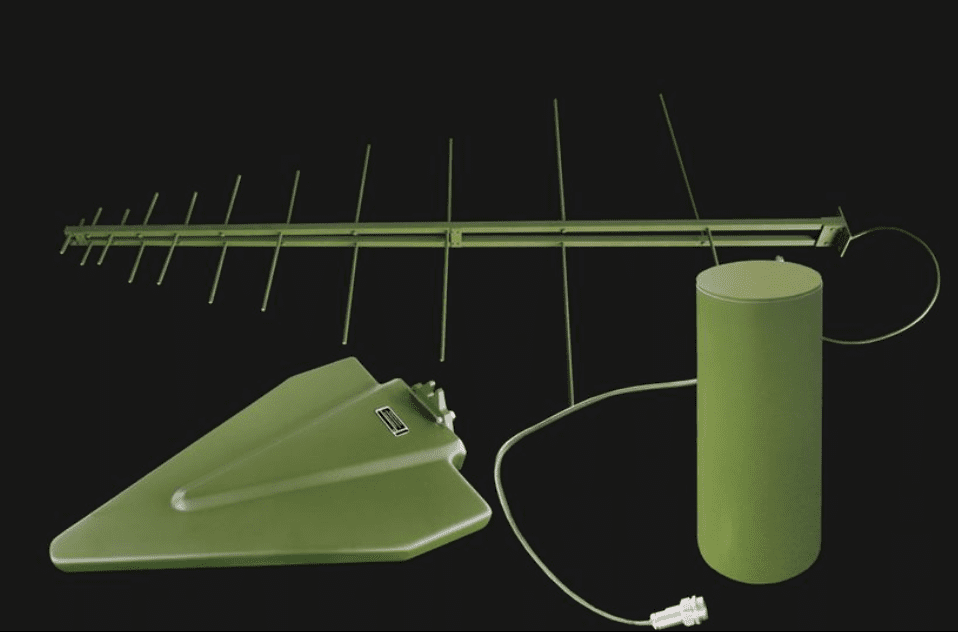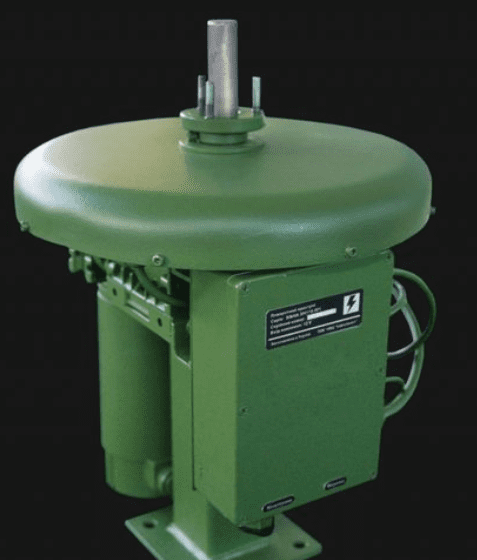GEKATA UAV-based ELINT complex
Designed for
– Searching, detection, classifying and identifying signal pulses from the radar stations, electronic warfare support measures, anti-craft warfare, and airplanes
– Complex determines the operation modes and areas of reconnaissance, based on the principles of active radar, it also denotes their characteristics.
– Complex detects and recognizes radio signals from the terrestrial targets, surface targets, air targets (including over-the-horizon targets)
– Complex detects and recognizes radio emission sources in the real-time mode
– Complex increases the ability of anti-air warfare systems to detect low-visibility aircraft such as “stealth”
Сase study
– Number of tracked target – up to 200
– Radar on-board systems; automatic signal processing and radio signal classification
– Processing up to 2.5 million impulses per second
– Detection, classification, and dimensional real-time locating systems (RTLS) with a low probability of intercept (LPI)
– Short deployment time with high maneuverability – up to 2 hours for a base of 100 km;
– Lower cost comparing with ground ELINT complexes and aircraft-based ELINT complexes
– Larger area of the direct line of sight regarding ground reconnaissance systems
– Reconnaissance of new assets with signal recording on the on-board storage
– Advantages of GEKATA are in smaller sizes in comparison with aircraft-based ELINT and electronic support measures
– Less energy consumption relatively ground reconnaissance systems
– Equipment management can be done easily by 1 operator
Complex consists of
– 8 PD-2 UAVs (4 main and 4 spare UAVs for posts changing)
– Ground complex of control and data collection
Specifications
Receiver operating frequency range 2-18 GHz (basic configuration)
Receiver type superheterodyne
Real-time bandwidth 800 MHz
Number of hardware-independent channels 2
One channel real-time bandwidth 400 MHz
Single frequency dynamic range over 72 dB
Azimuth angle bandwidth 360 ° (omnidirectional antenna)
Coordinate determination method TDOA+AOA


